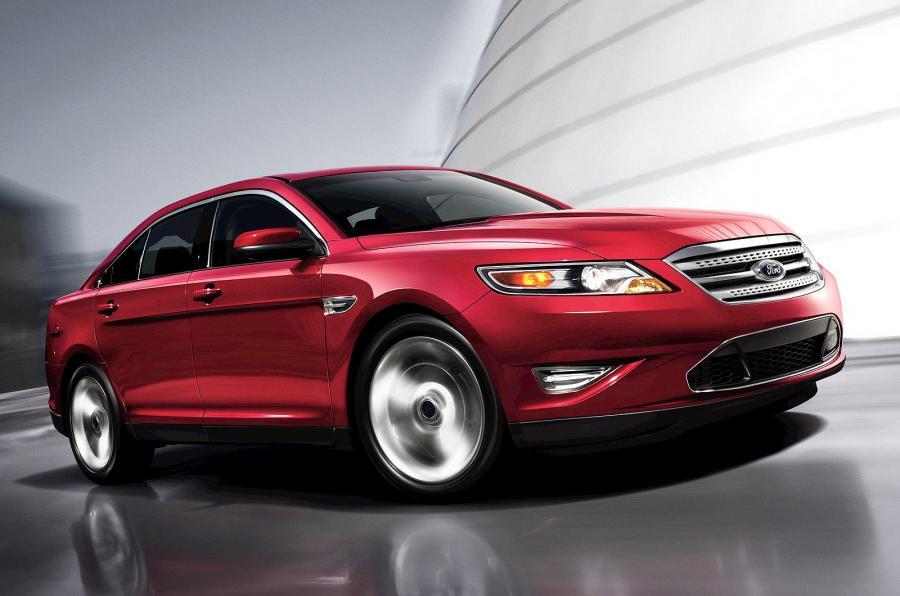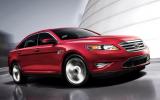The Ford Taurus is effectively the range-topping version of Ford’s global flagship saloon, even though it is not sold in Europe and many other markets.
The Taurus started life as the Ford 500, a large saloon with strong styling overtones of the landmark 1997 VW Passat. It was launched in 2004 and was based on the original Volvo S80, using the Swedish company’s P2X platform. Like the S80, the 500 was available in front and four-wheel drive. The car was re-named and re-styled in 2007. It is rumoured that new Ford boss Allan Mulally was baffled that Ford had dropped the Taurus nameplate.
A touch over 5m long, the Ford Taurus has unusual proportions in the flesh. From a distance the car looks like a normal large saloon. Close up, the height of the car’s belt line and rear deck becomes apparent. And the boot is huge, especially in height. The front seats are also positioned rather higher than normal.
The odd proportioning of the car is rumoured to be rooted in the Side Impact Protection tube which runs between the B-pillars. In the Volvos based on this platform, the tube runs through the front seat frame. In the Ford, the seat frames on positioned on top of the tube, raising the seat height and causing the whole upper body to be re-proportioned to take this into account.
In any case, this is very big car.
This SHO version is the ‘performance variant’, powered by Ford’s effective 3.5-litre V6 Ecoboost engine, driving all four wheels through a six-speed automatic ’box.














